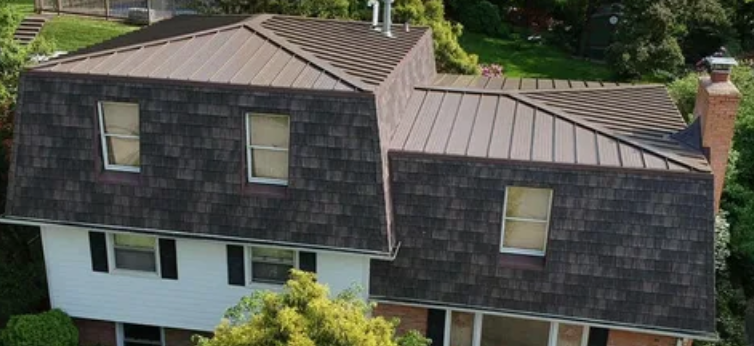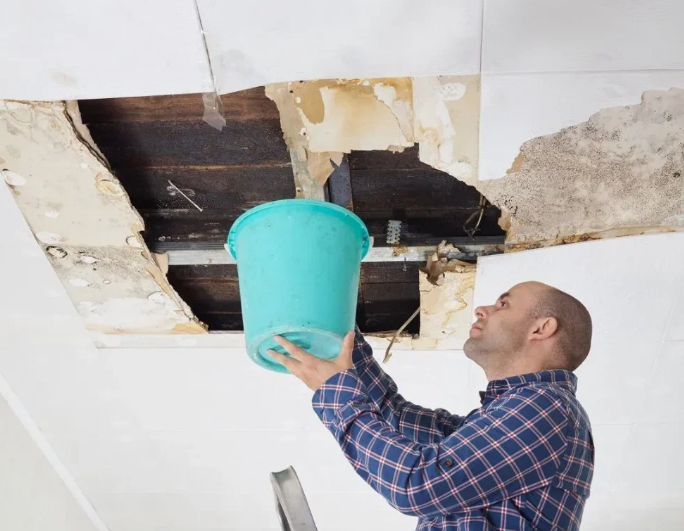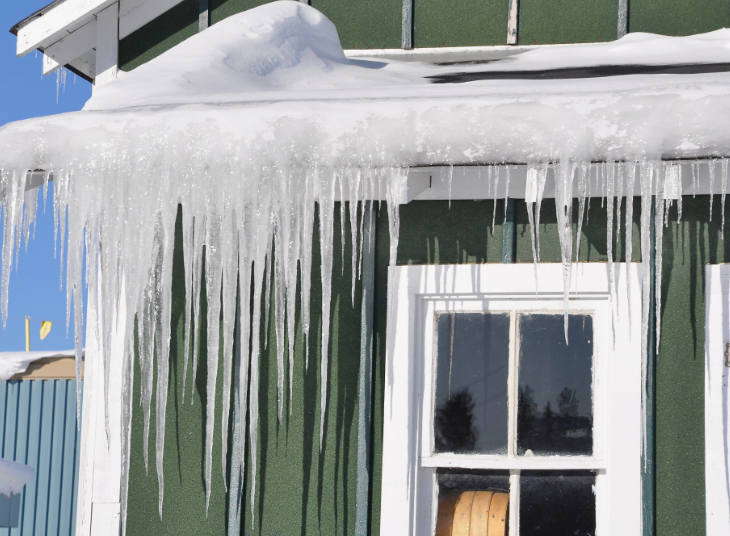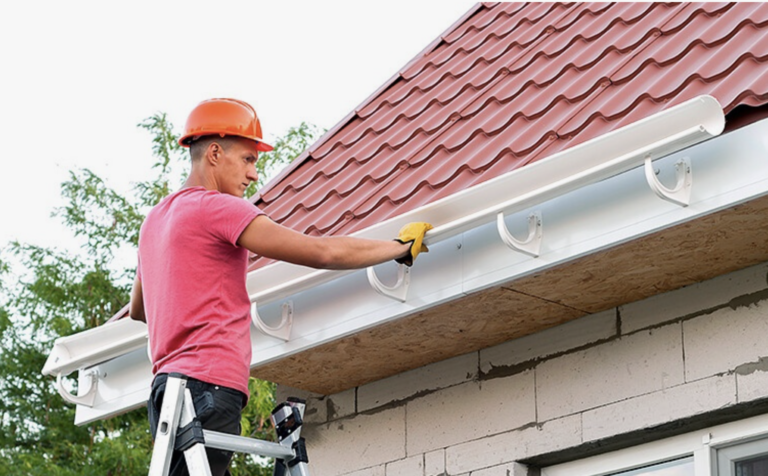Yes, in most cases, you need a permit to replace your roof. Obtaining a permit ensures that your new roof complies with local building codes and safety standards. However, there are exceptions for minor repairs or replacements that don’t alter the structure of your roof. It’s always best to check with your local building department to determine the specific requirements for your project.
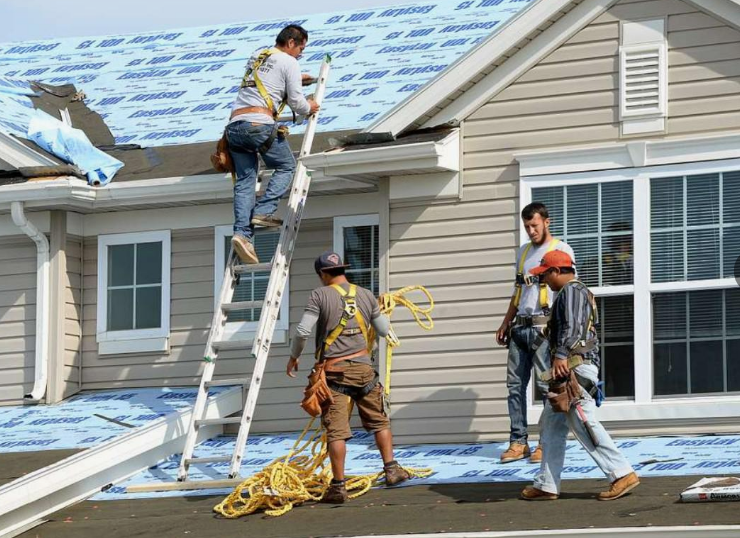
Understanding Building Permits
A building permit is an official approval issued by your local government authority that allows you to proceed with a construction project. It’s a way to ensure that the work complies with building codes and safety standards.
Purpose of Building Permits
Permits are in place to regulate construction activities, ensuring that all structures are safe, durable, and up to local standards. They help prevent issues like structural failures, fire hazards, and other potential dangers that could arise from improper construction.
When is a Roof Replacement Necessary?
Signs Your Roof Needs Replacement
Not sure if it’s time to replace your roof? Look out for signs like missing or damaged shingles, leaks, sagging, or granules in your gutters. These indicators suggest that your roof is reaching the end of its lifespan.
Common Causes of Roof Damage
Weather extremes, poor maintenance, and age are leading culprits behind roof damage. Heavy storms, excessive heat, and lack of regular inspections can accelerate wear and tear, necessitating a full roof replacement.
Do You Really Need a Permit to replace a roof?
Situations Requiring a Permit
Generally, if your roof replacement involves structural changes, altering the roof’s slope, or adding new components like skylights, a permit is required. This ensures the new roof meets all building codes and safety standards.
Exceptions to Permit Requirements
Minor repairs, such as replacing a few shingles or fixing small leaks, often don’t require a permit. However, it’s always best to check with your local building authority to confirm what’s needed for your specific situation.
Local Building Codes and Regulations
Importance of Adhering to Local Codes
Building codes vary by location and are designed to address specific environmental and safety concerns. Adhering to these codes ensures that your roof replacement is safe, legal, and will stand the test of time.
How Building Codes Vary by Location
From seismic considerations in earthquake-prone areas to heavy snow loads in colder climates, building codes can differ significantly. Understanding your local codes is crucial to ensuring compliance during your roof replacement.
Consequences of Skipping a Permit
Legal Implications
Replacing your roof without a required permit can lead to legal troubles. You may receive fines, be forced to undo the work, or even face legal action from local authorities.
Financial Risks and Penalties
Beyond fines, unofficial roof work can decrease your home’s value and complicate future real estate transactions. Insurance claims related to roof damage may also be denied if the work wasn’t permitted.
The Permit Application Process
Steps to Apply for a Roof Replacement Permit
- Research Local Requirements: Begin by contacting your local building department to understand specific requirements.
- Prepare Necessary Documentation: Gather blueprints, material specifications, and contractor information.
- Submit the Application: Complete the permit application form and pay any associated fees.
- Schedule Inspections: Arrange for required inspections during and after the project.
Documentation and Requirements
Typical documents include detailed plans of the proposed roof, proof of property ownership, and contractor licenses. Ensuring all paperwork is complete can expedite the approval process.
Hiring a Licensed Contractor
Benefits of Using Licensed Professionals
Licensed contractors are familiar with local building codes and the permit process, ensuring your roof replacement meets all legal and safety standards. They can also handle the paperwork, saving you time and hassle.
How Contractors Navigate Permits
Experienced contractors can streamline the permitting process by providing accurate documentation, scheduling inspections, and ensuring compliance throughout the project.
Cost Considerations
Permit Fees Explained
Permit fees vary based on the scope of the project and local regulations. These fees cover the administrative costs of processing your application and conducting necessary inspections.
Budgeting for Additional Costs
Beyond fees, consider potential costs for plan revisions, additional inspections, or unexpected compliance issues. Allocating a portion of your budget for these contingencies can prevent financial strain.
Timeline for Obtaining a Permit
Average Processing Times
Permit approval times can range from a few days to several weeks, depending on the complexity of the project and the efficiency of your local building department.
Factors That Can Delay Approval
Incomplete applications, lack of required documentation, or high volume of permit requests can delay the approval process. Being thorough and proactive can help minimize these delays.
Inspections and Compliance
Role of Inspections in Roof Replacement
Inspections ensure that the work complies with approved plans and building codes. They typically occur at key stages, such as after the demolition of the old roof and before the final installation.
Ensuring Compliance Throughout the Project
Maintaining open communication with your contractor and scheduling inspections at appropriate times can help ensure your roof replacement stays compliant from start to finish.
Alternative Solutions if Permits are Denied
Exploring Other Options
If your permit is denied, explore options like revising your plans to meet code requirements or consulting with a building professional to address the concerns raised by the building department.
Appealing Permit Decisions
In some cases, you can appeal a permit denial by providing additional information or making necessary adjustments to your project plans as per feedback from the authorities.
Future Trends in Roofing Permits
Technological Advancements
Digital permitting systems and online applications are streamlining the permit process, making it quicker and more accessible for homeowners and contractors alike.
Changes in Building Regulations
As sustainability becomes a priority, future building codes may emphasize eco-friendly materials and energy-efficient roofing solutions, impacting permit requirements and roof replacement practices.
Conclusion
Replacing your roof is a significant investment that not only enhances your home’s aesthetic and functionality but also ensures its longevity. Understanding whether you need a permit is crucial to navigating the legal and safety aspects of the project. By adhering to local building codes, hiring licensed professionals, and following the proper permitting process, you can ensure a smooth and successful roof replacement experience.
Do all types of roofs require permits?
Not all roof replacements require permits. Minor repairs or replacements that don’t alter the structure typically don’t need permits. However, significant changes or structural modifications usually do. It’s best to check with your local building department.
How long does a roof replacement permit last?
Permit durations vary by location but generally range from six months to a year. If your project isn’t completed within this time frame, you may need to renew the permit or apply for an extension.
Can I apply for a permit myself or do I need a contractor?
Homeowners can apply for permits themselves, provided they submit all required documentation. However, hiring a licensed contractor can simplify the process, as they are experienced with permit applications and compliance.
What happens if I renovate my roof without a permit?
Renovating without a required permit can result in fines, the need to undo the work, and complications with insurance claims. Additionally, it may affect your home’s resale value and legal standing.
Are there any waivers for permit fees?
Permit fee waivers are rare and typically only apply to specific circumstances, such as emergency repairs. It’s best to inquire with your local building department to understand available options.

